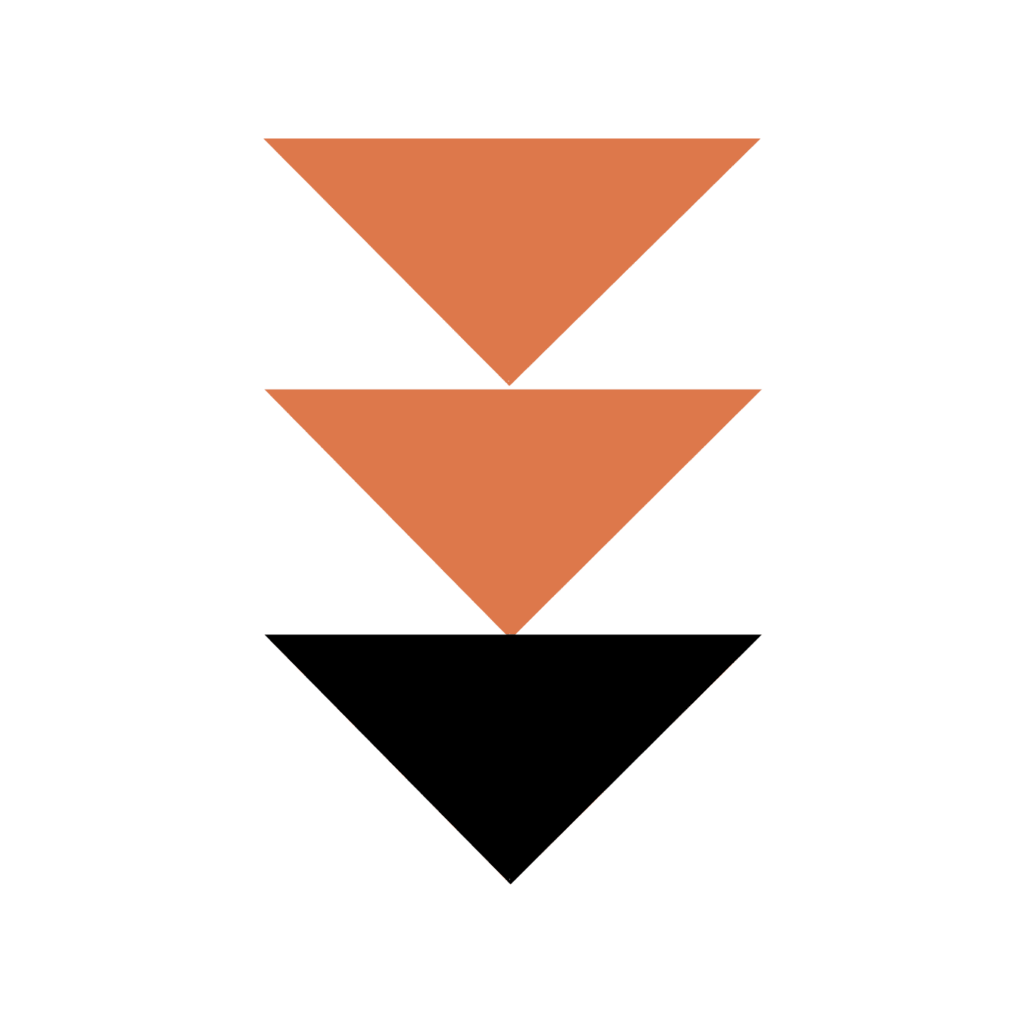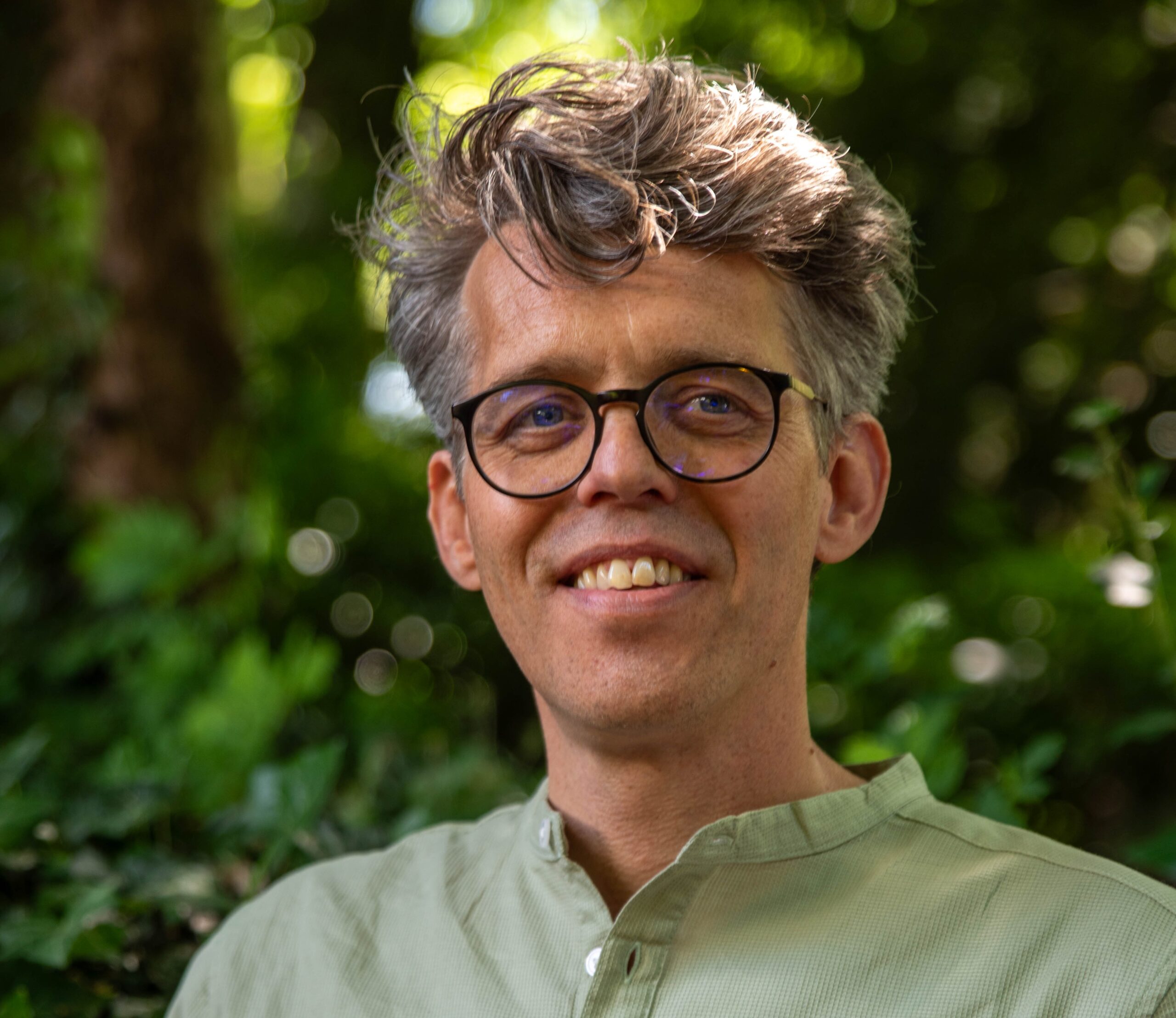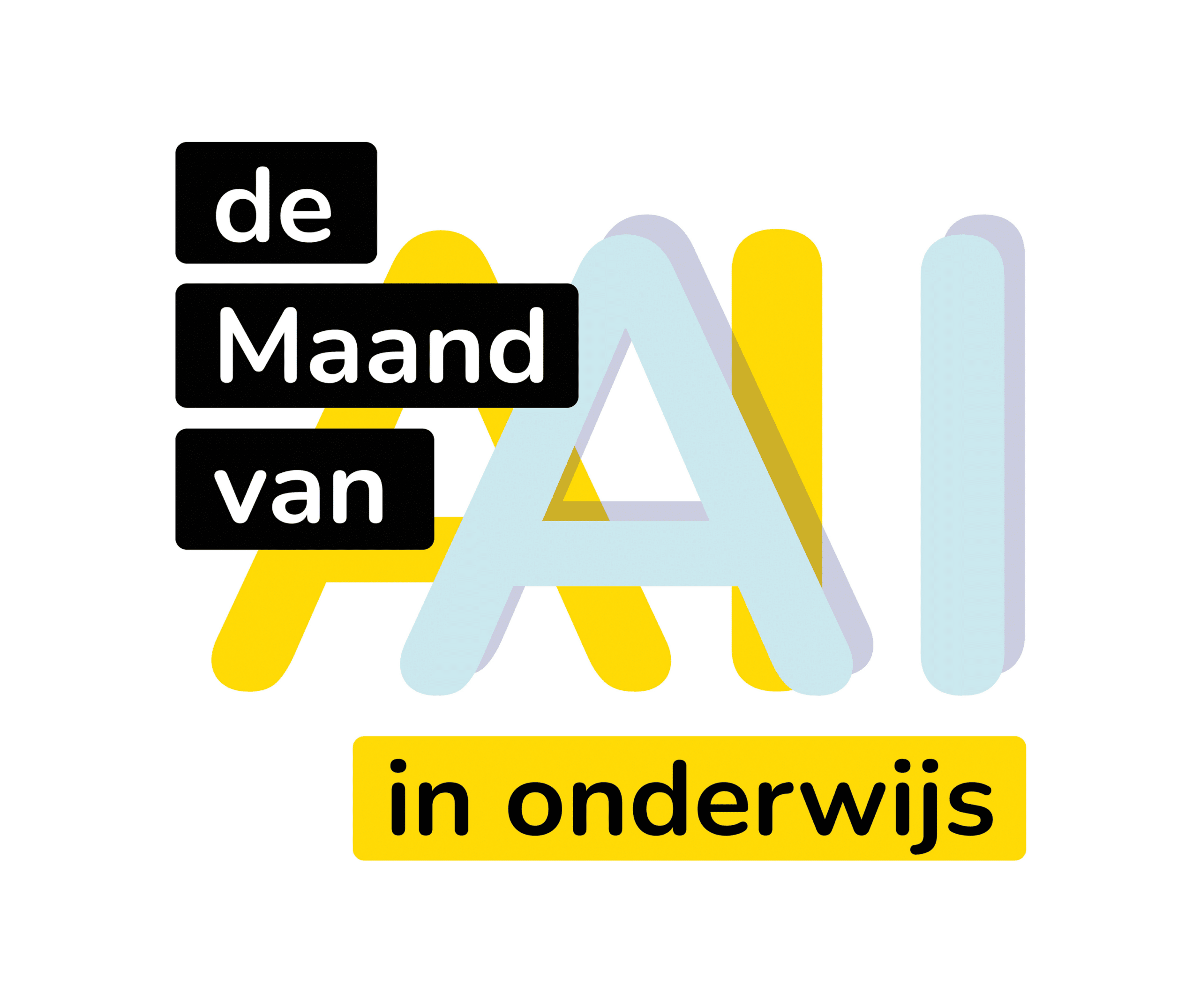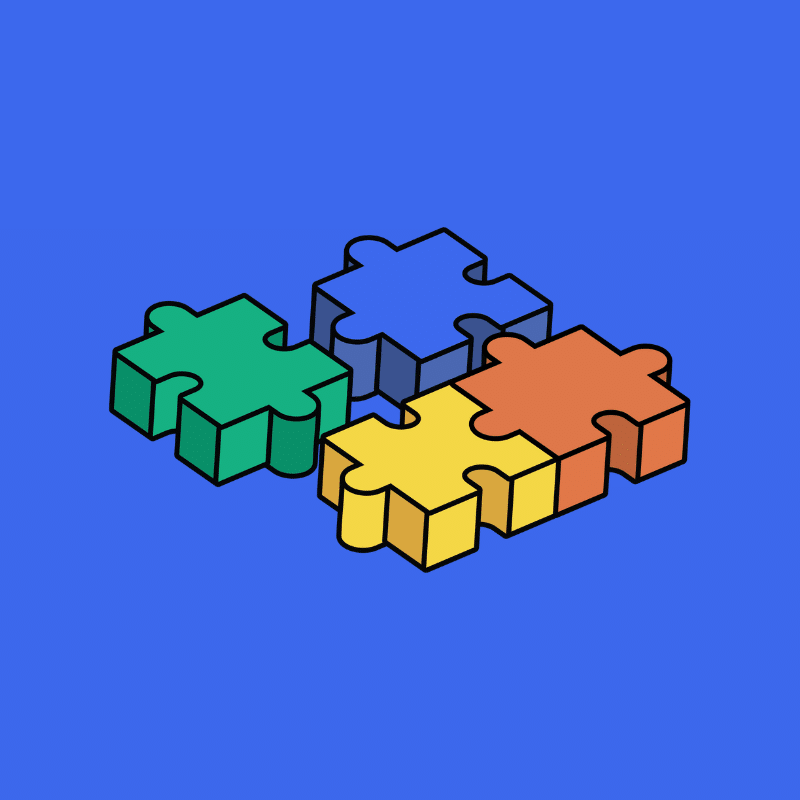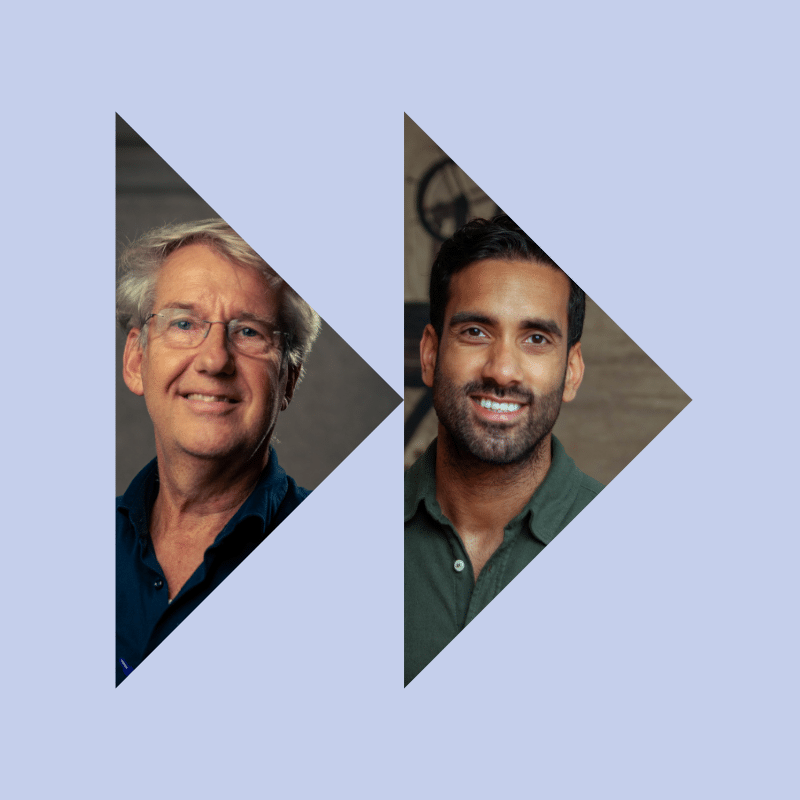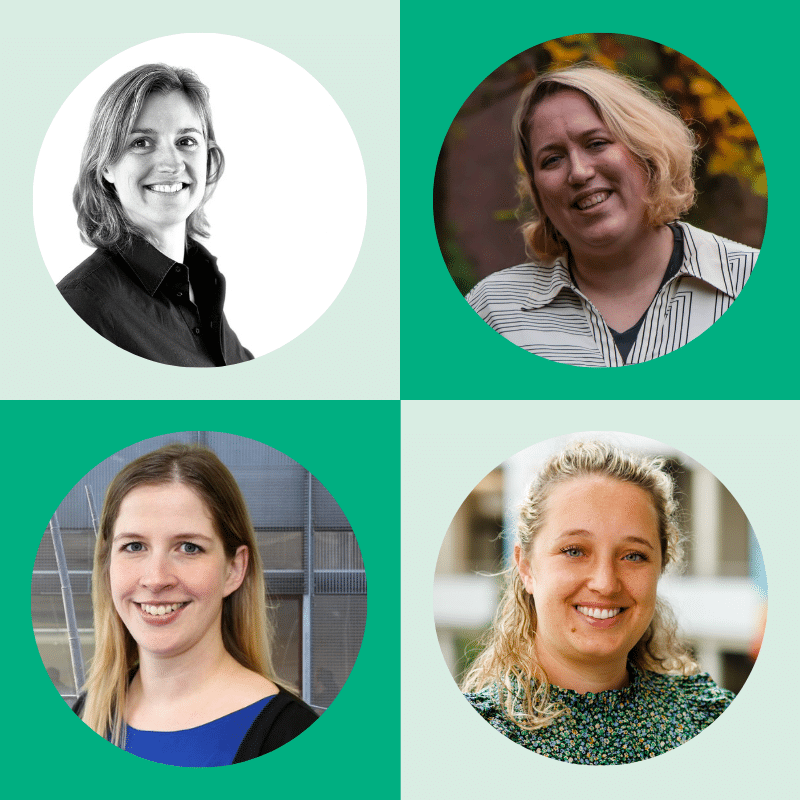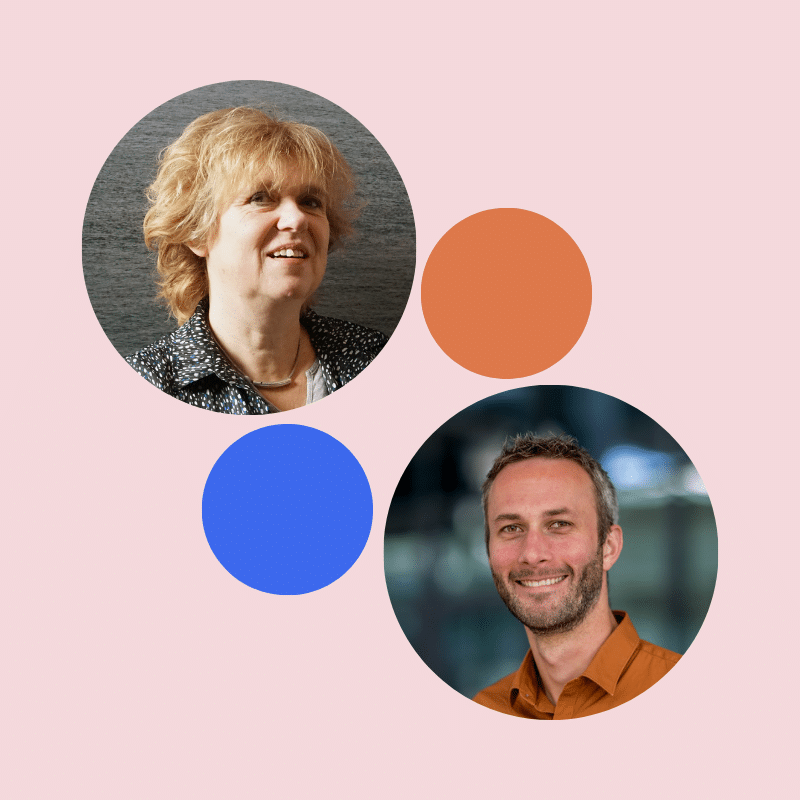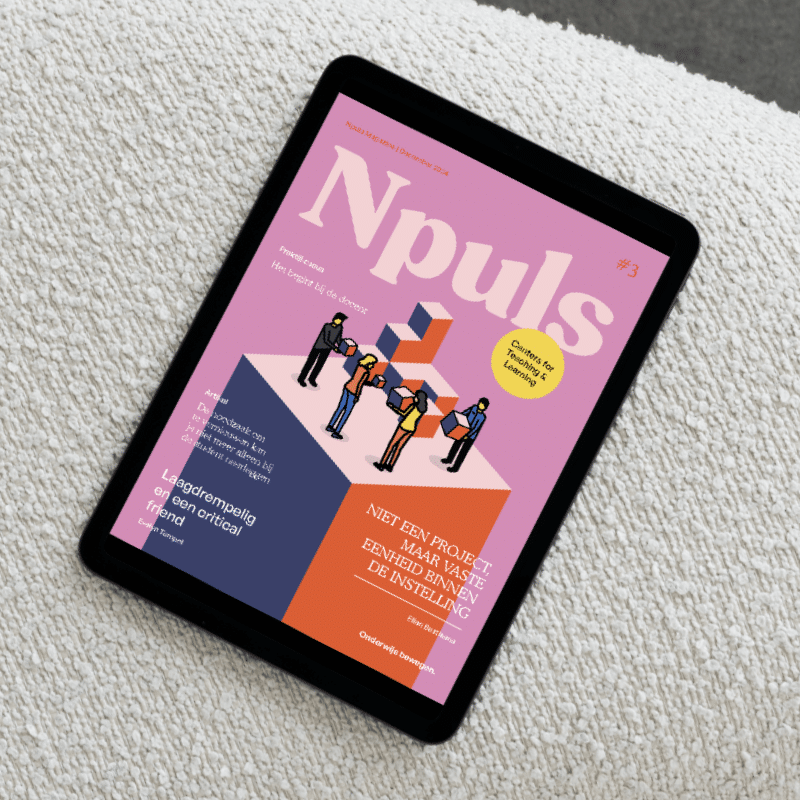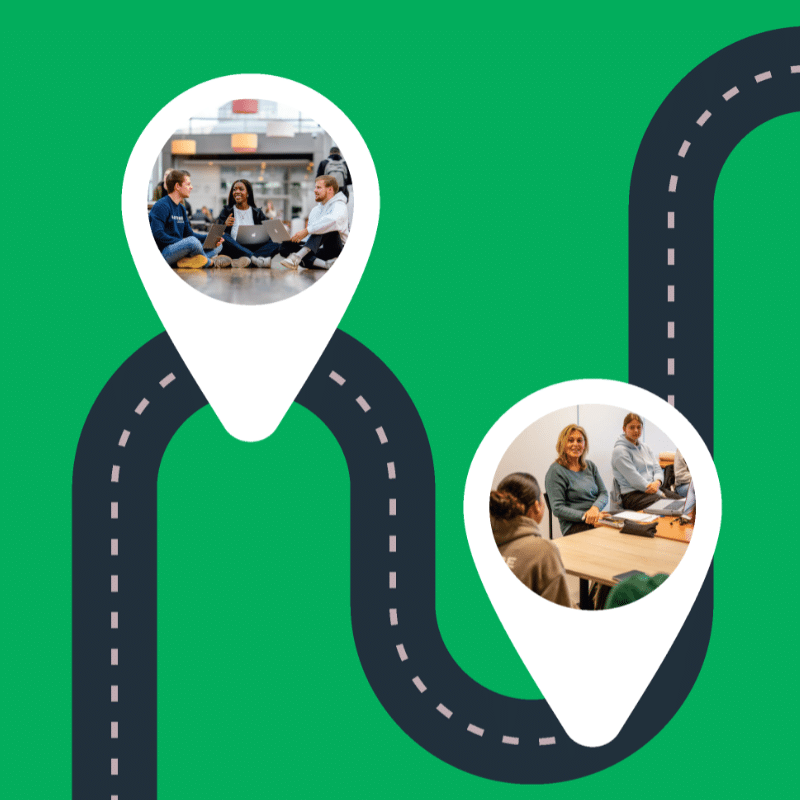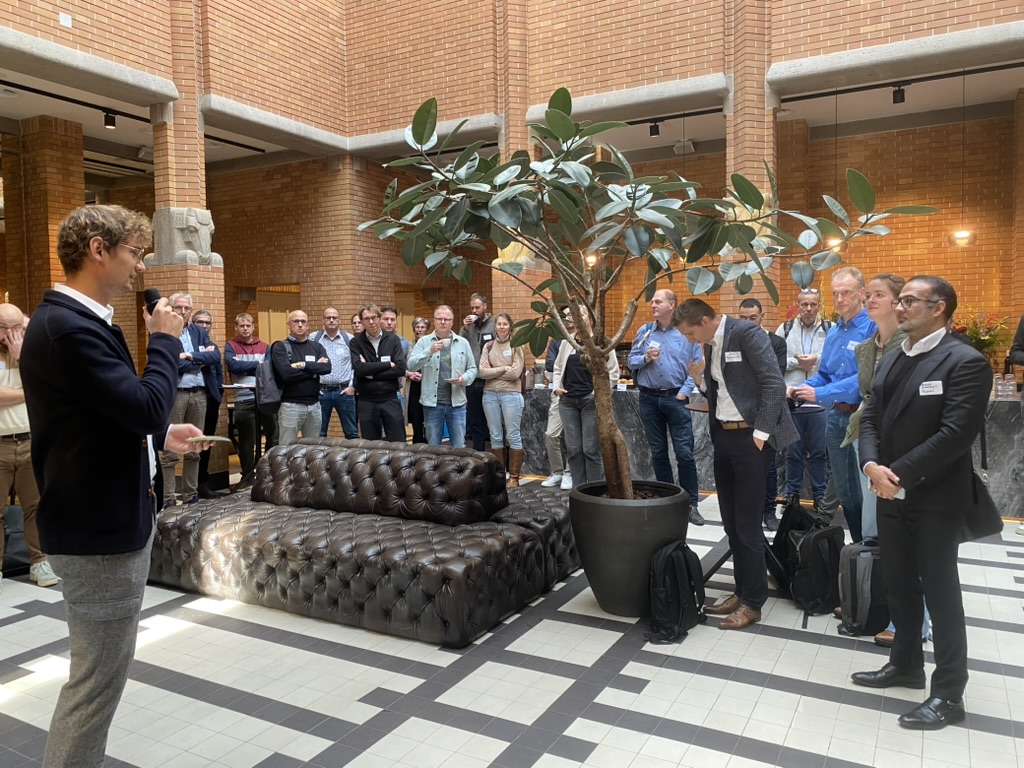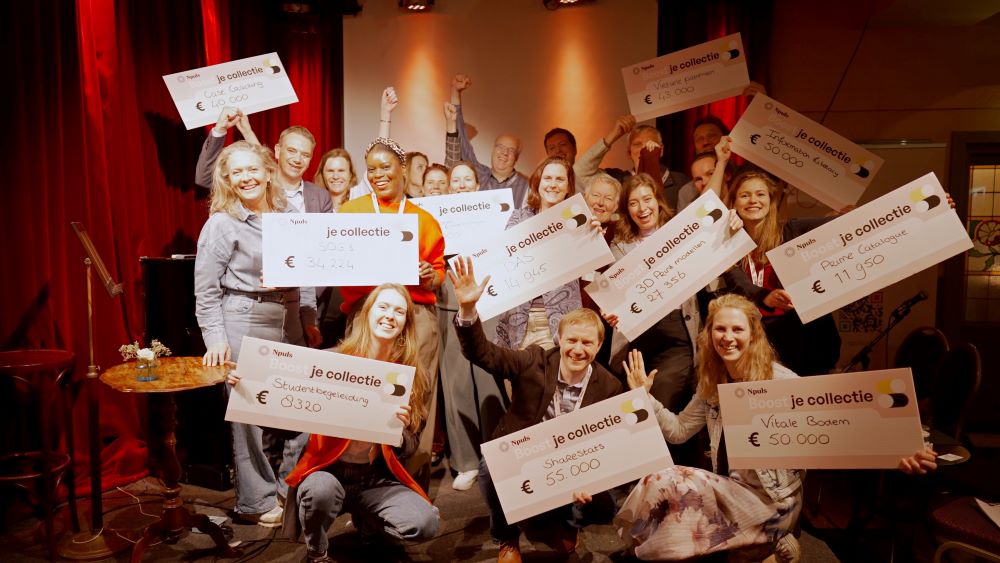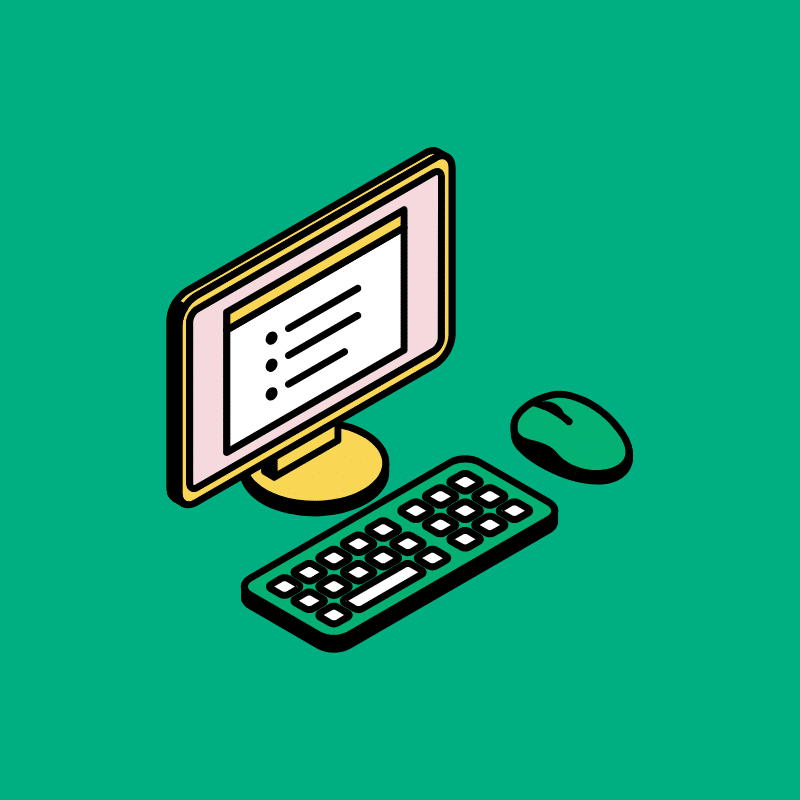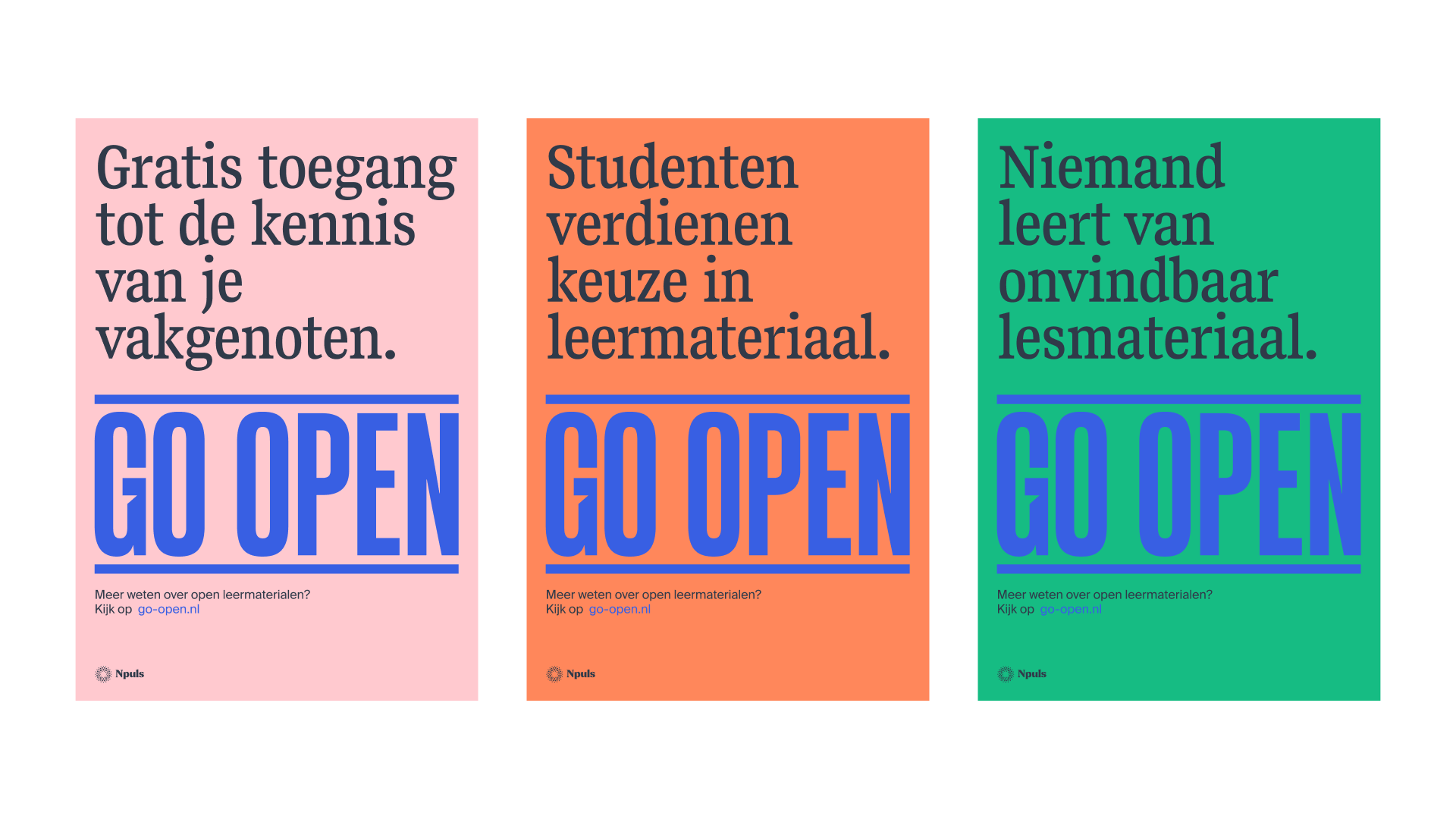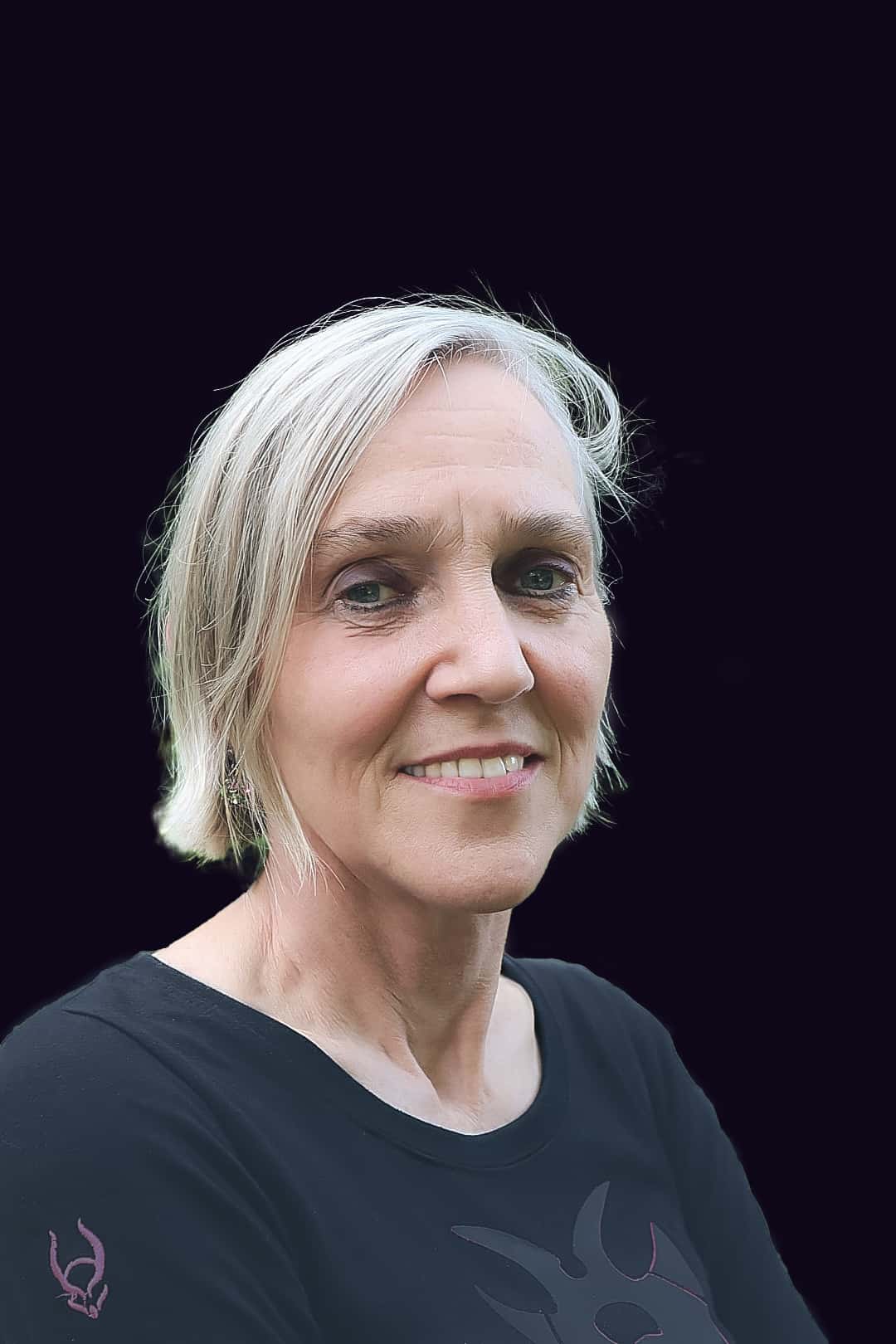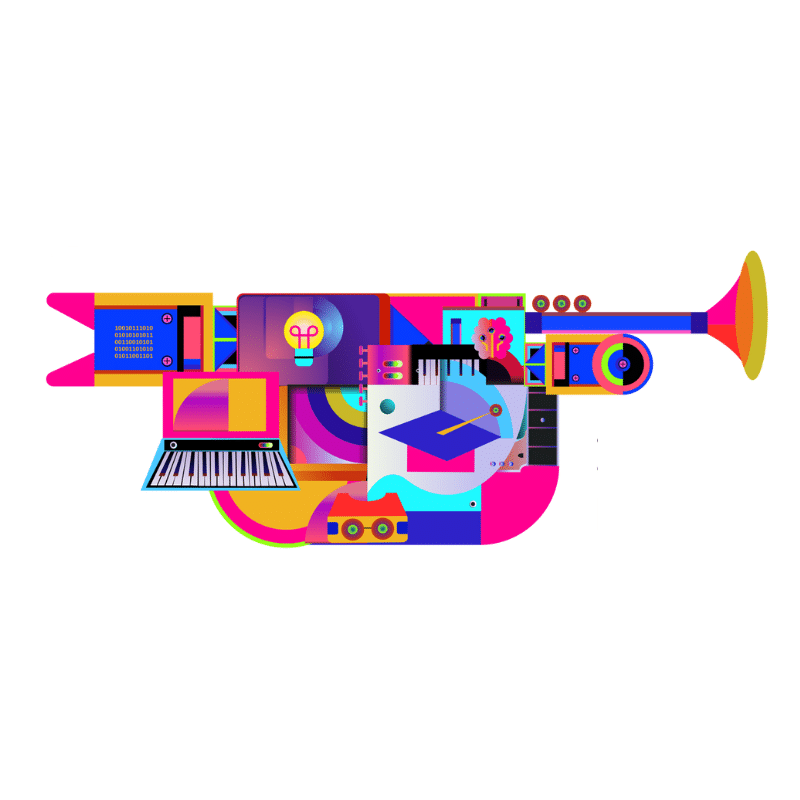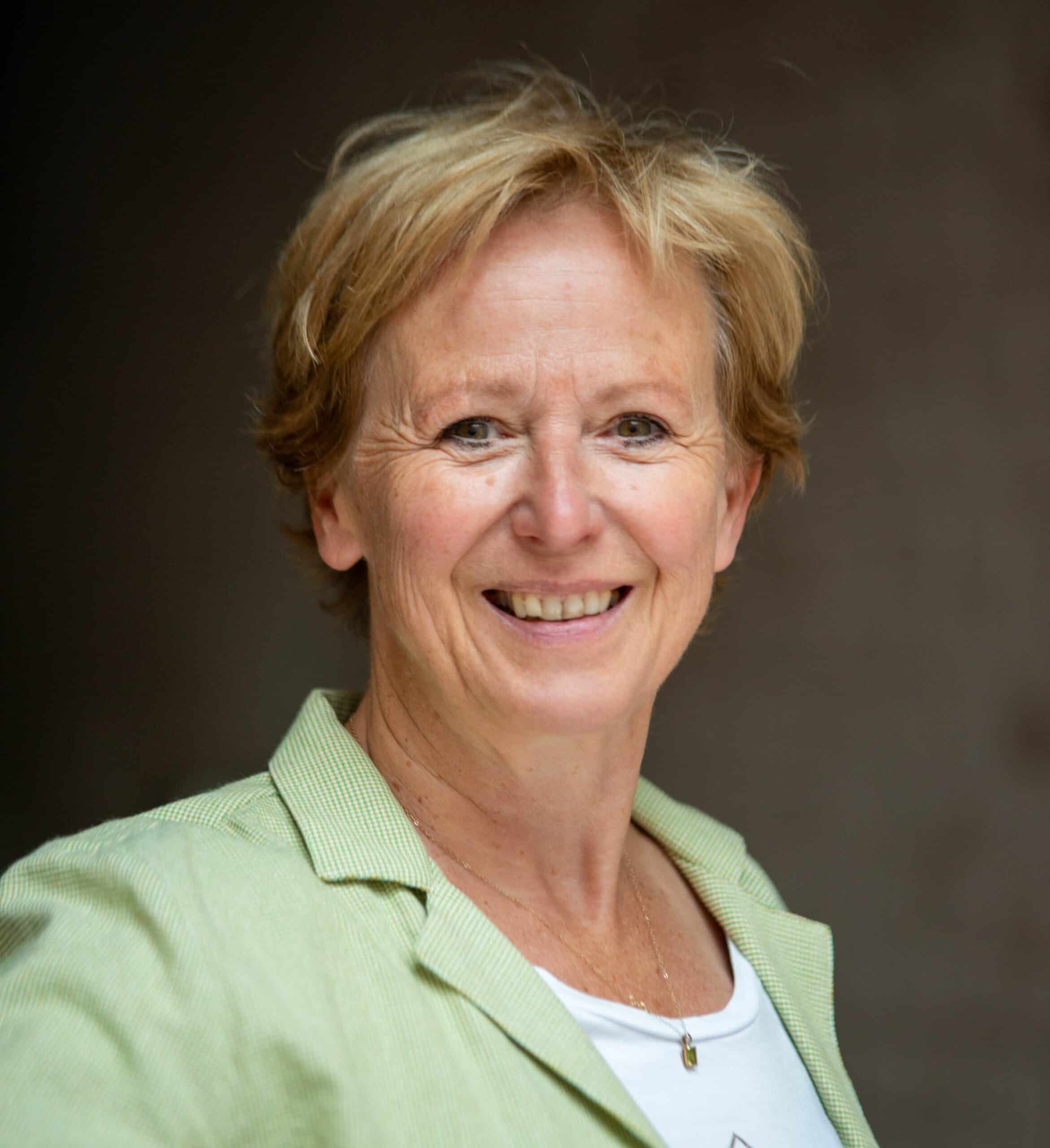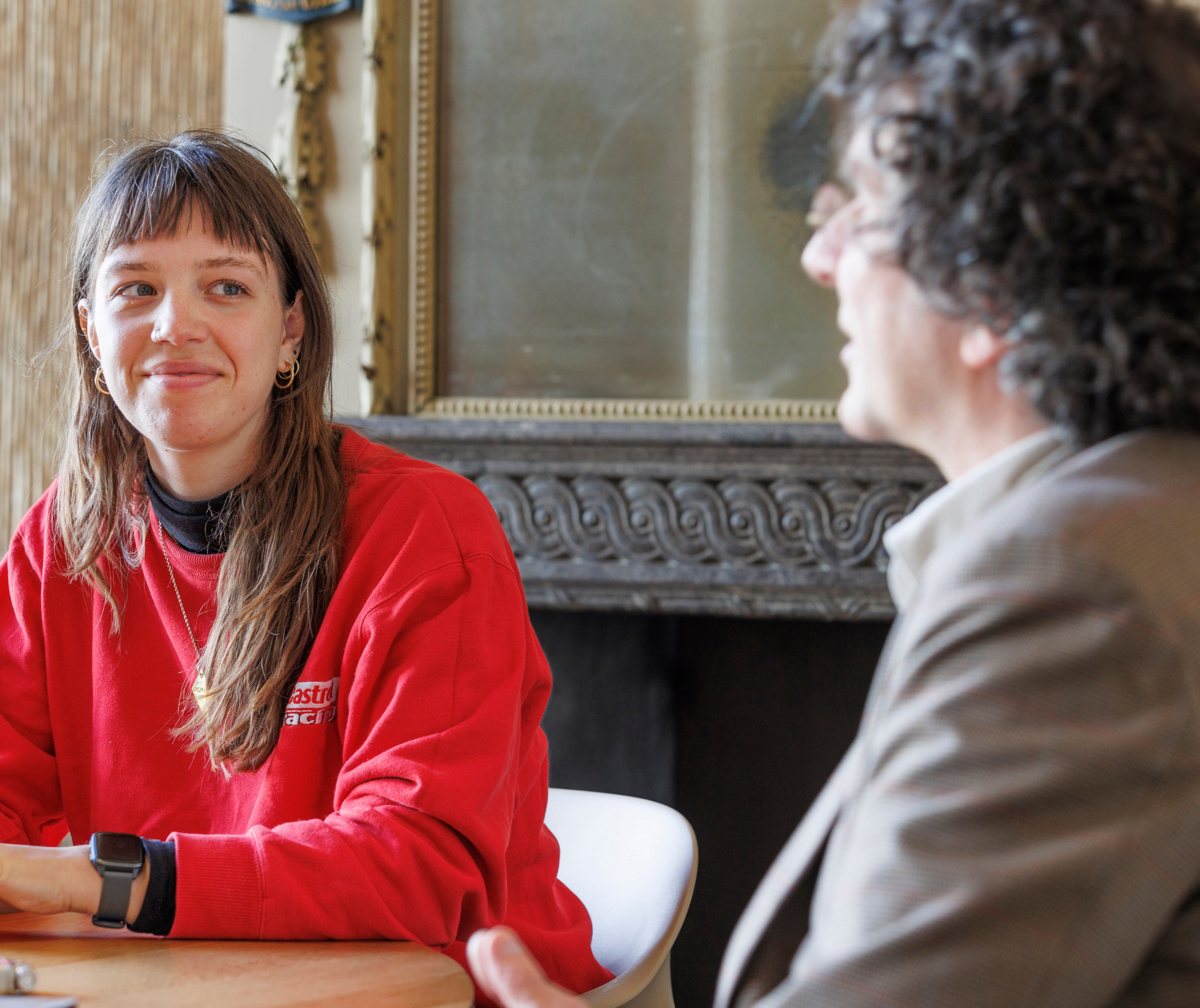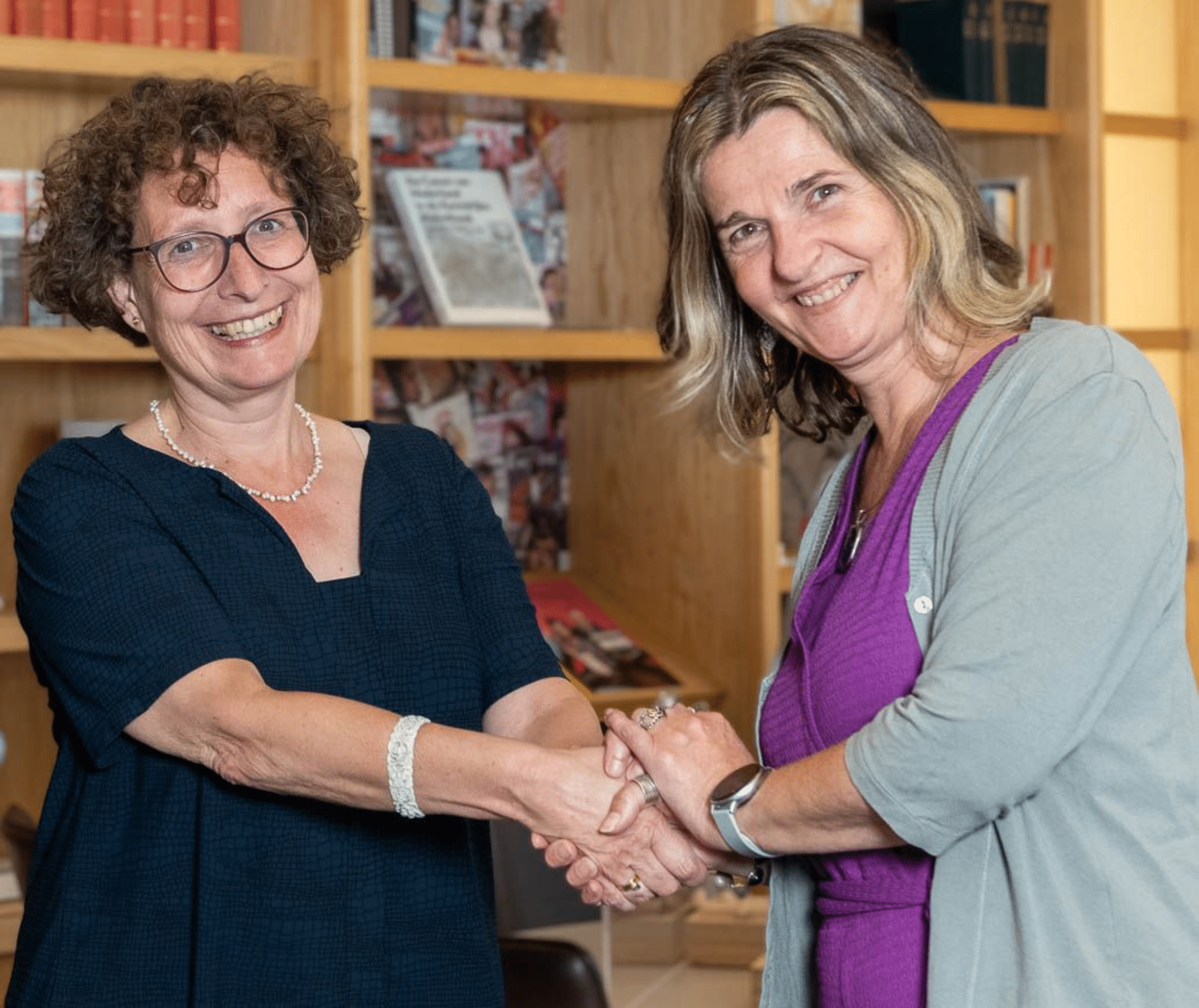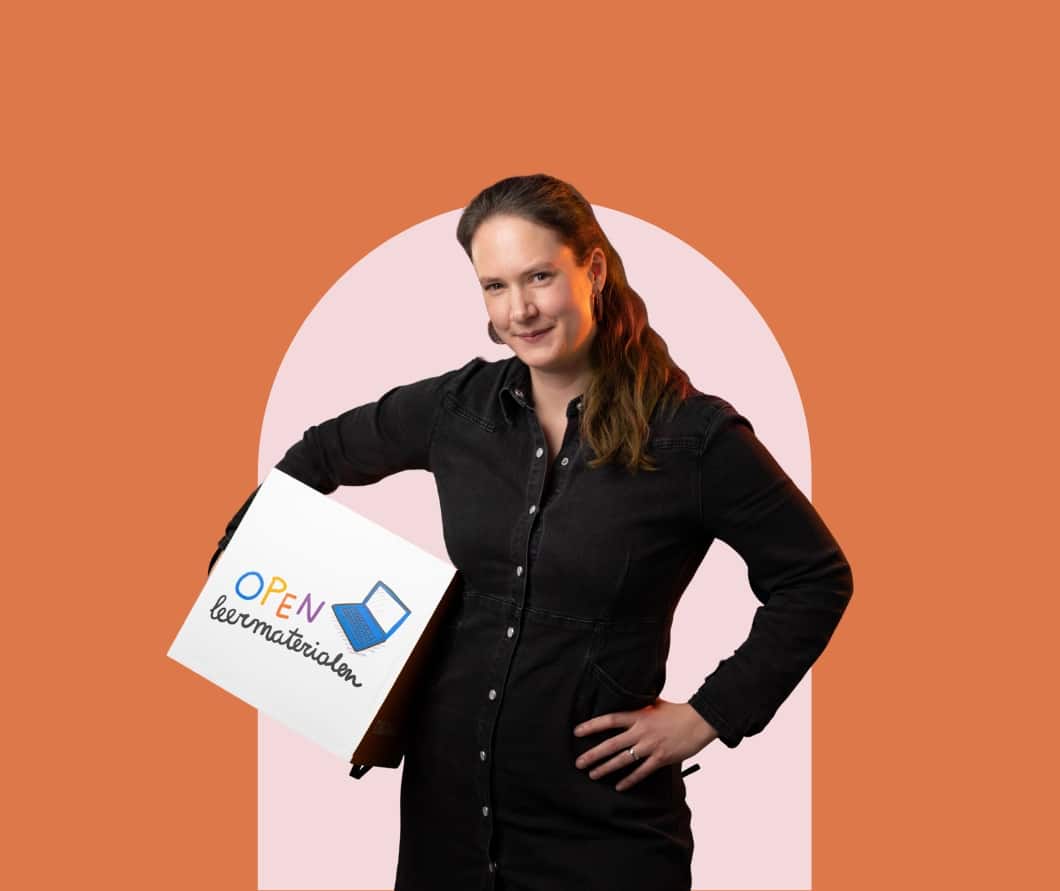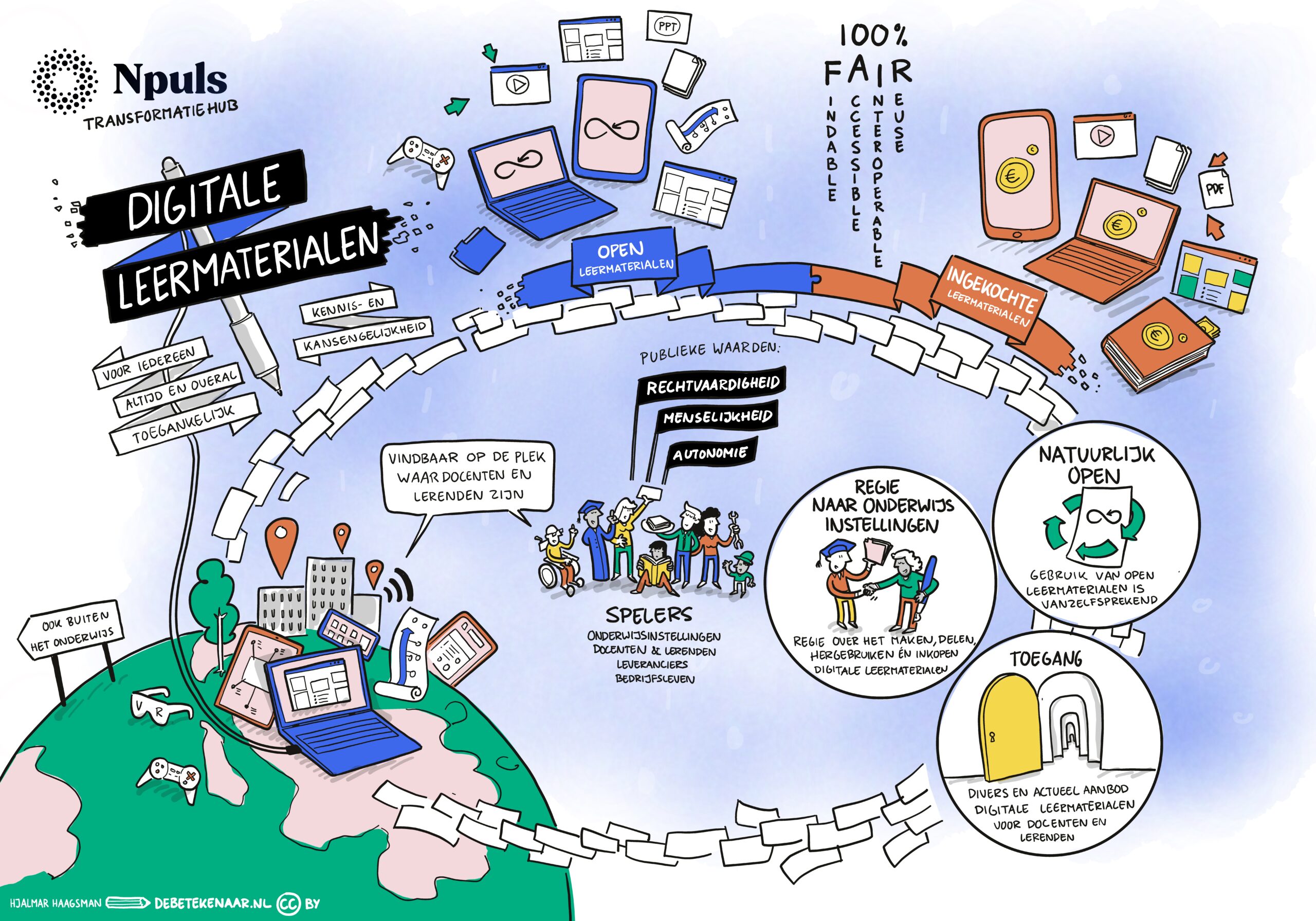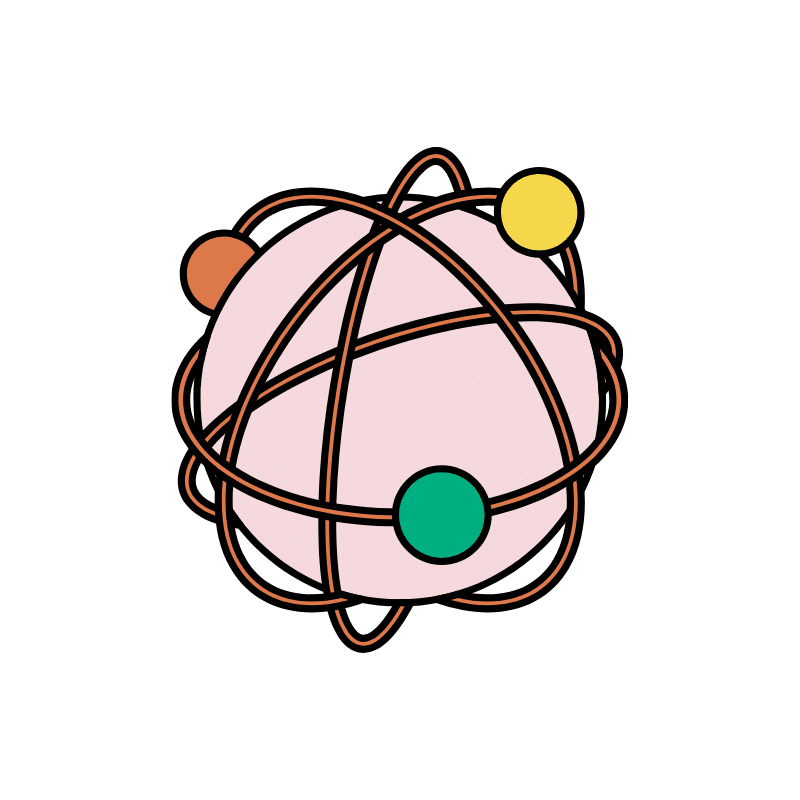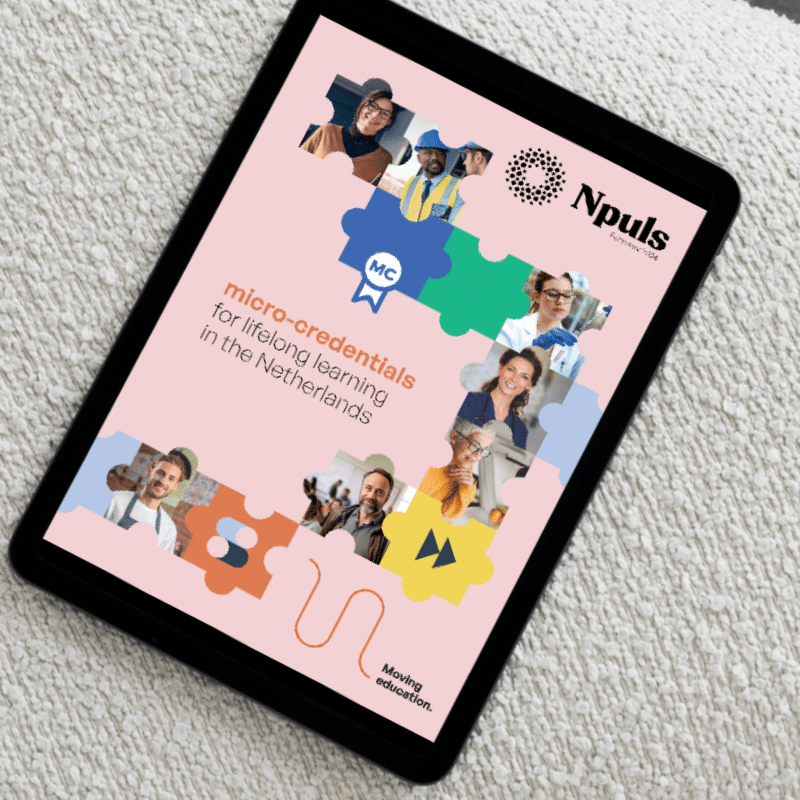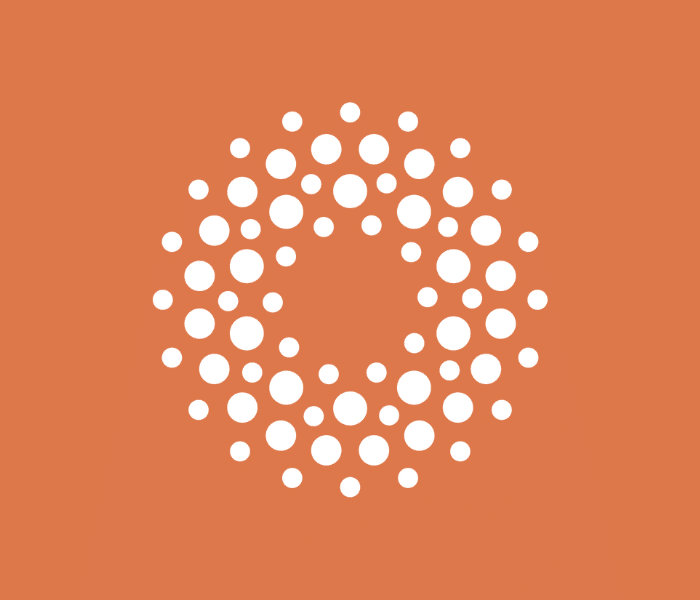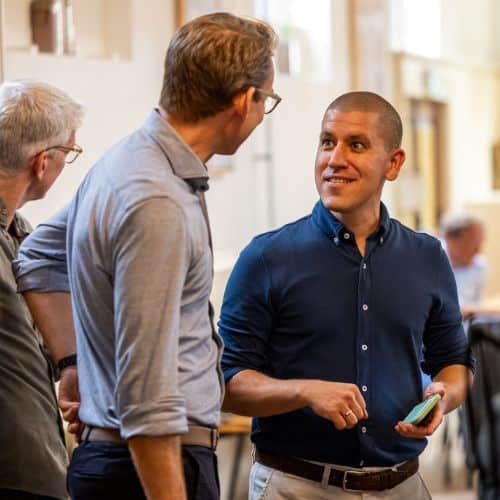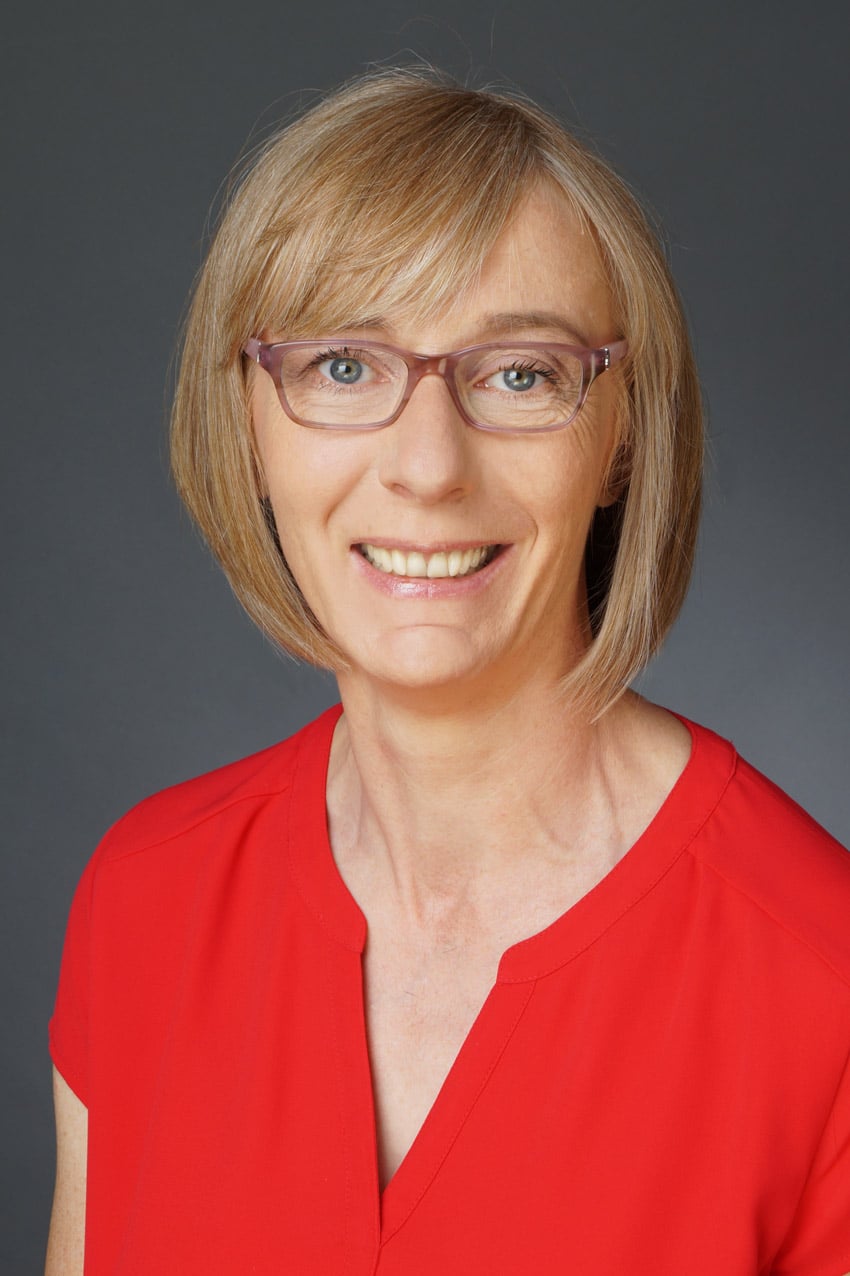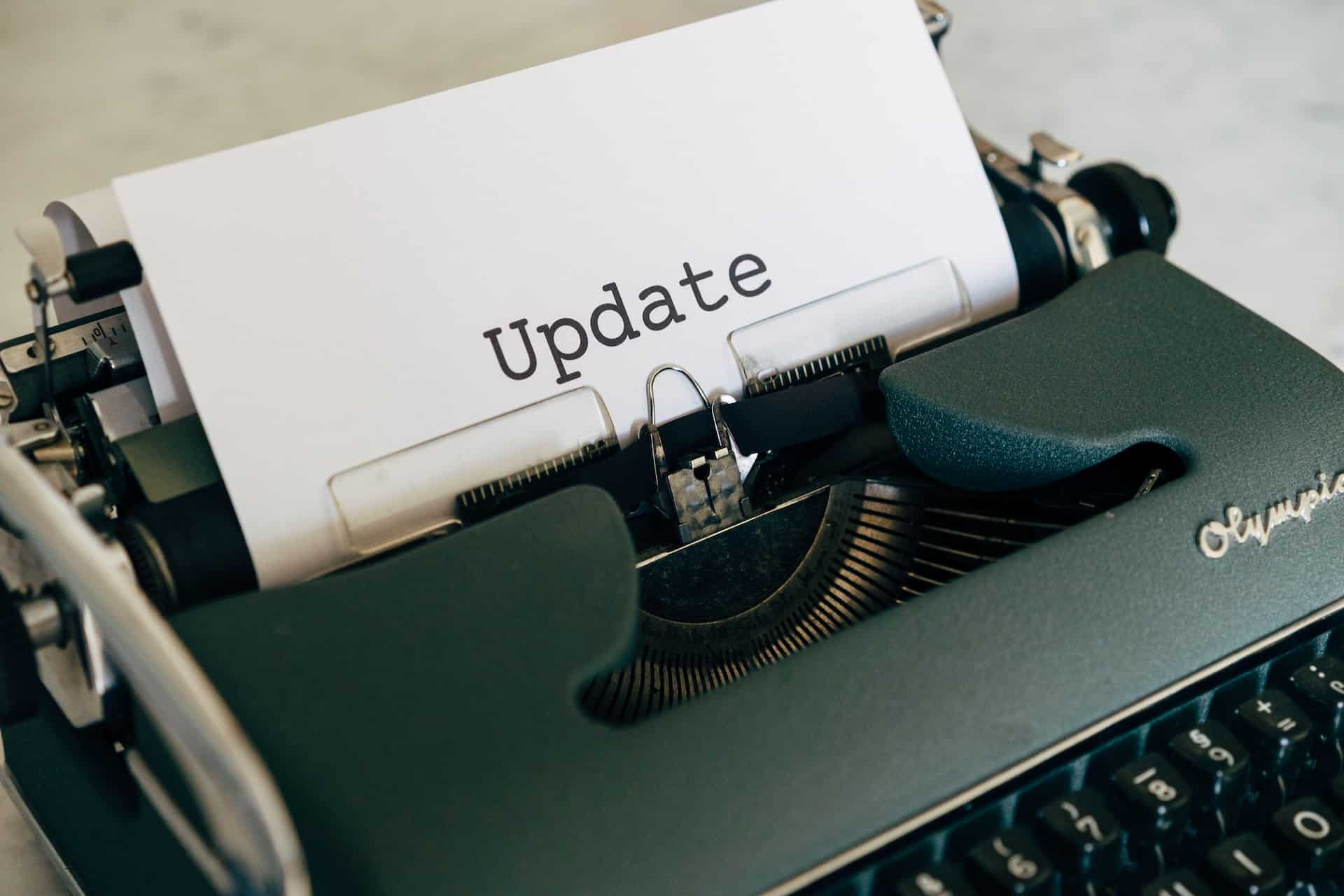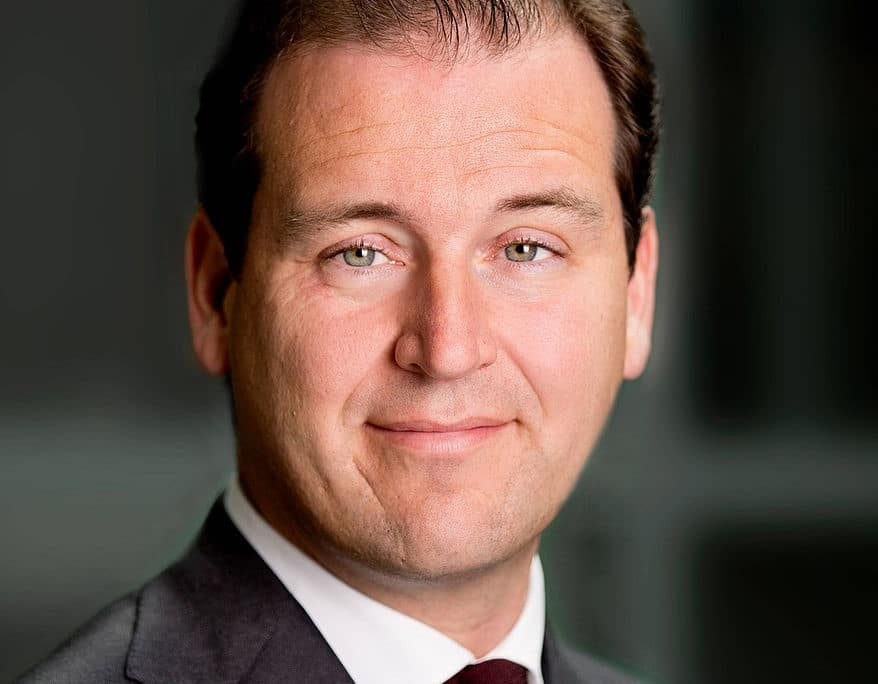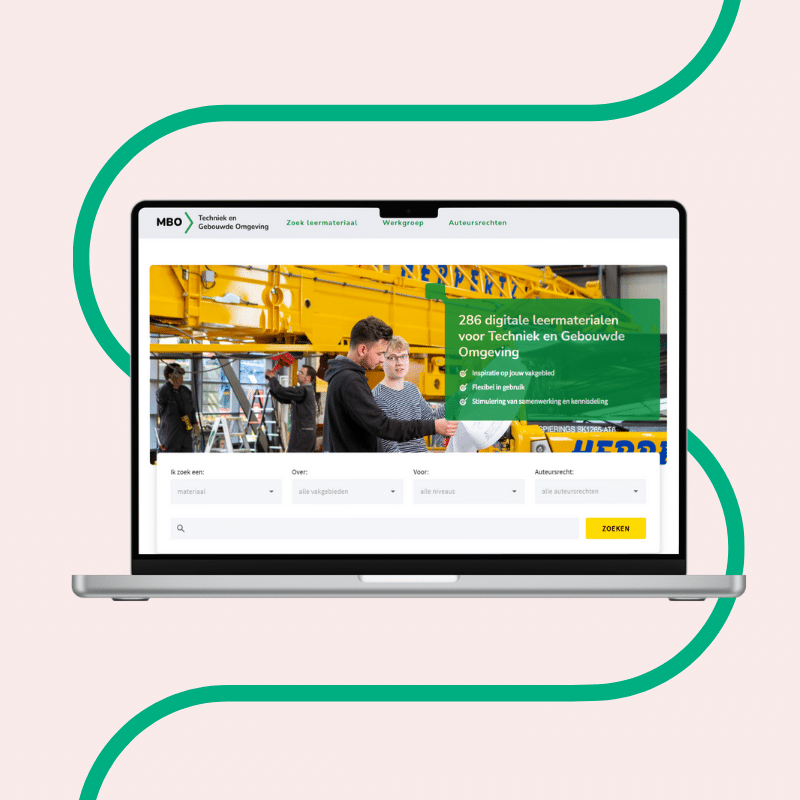Facilitating diversity of learning paths and desires
The learning culture is changing – from 2030, it will be normal to participate in (parts of) education throughout your life. To make this possible, the Flexible Learning Pathways transformation hub focuses on the agile organisation of education. With the aim: for learners to pursue education beyond the boundaries of their own educational course and institution. They are provided with solutions for enrolling smaller units of education. We implement microcredentials and their digital certification. And we give learners control over their own learning and development, through a personal wallet.
For all vocational education training schools, universities of applied sciences, and research universities to work this way, agreement systems, standards and architectures are of great importance. It is important that joint agreements and processes ensure that we optimally support the learner in making choices regarding the learning path, enrolment, following education, testing, certification and management of results achieved. To this end, cooperation is of great importance, something the hub provides an impulse for.
Who are we doing this for?
Learners
… can take (parts of) courses throughout their lives, beyond the boundaries of their own education or institution, and take control of their own learning and development outcomes.

Lecturers
… always have insight into the current state of progress, learners’ aspirations, and any special circumstances

Policymakers
… can take note of insights gained within other institutions (knowledge circulation) and translate them to the local context, for making joint agreements on the design of the education logistics chain
Knowledge base
AI GO! AI Literacy in Education: a practical framework
A Framework about what AI literacy entails, why it is important, and how educational professionals can promote it in vocational education and training schools, universities of applied sciences, and research universities.An inspiring vision – The learning environment in 2032: flexible, connected and enriched with XR
What does the role of XR in the learning environment of the future look like? This document provides a picture of the future, including preconditions, application and management.What do we want to achieve?
By digitising administrative processes, linking systems, and organising them in a smarter way, learners give direction to their (flexible) study career in a user-friendly way. For instance, professionals who want to retrain, upskill or re-train can easily orientate on the education on offer and register for it. And every learner can easily find out what education is on offer at their own institution and beyond. Another important objective: learners experience no administrative barriers between the technology facilities of the various institutions. The learner can easily make use of the facilities offered by various collaborating institutions, and thus choose and follow his or her own learning route. Want to know more about Flexible Learning Pathways? Download the presentation about the movement to flexible learning pathways (in Dutch).
